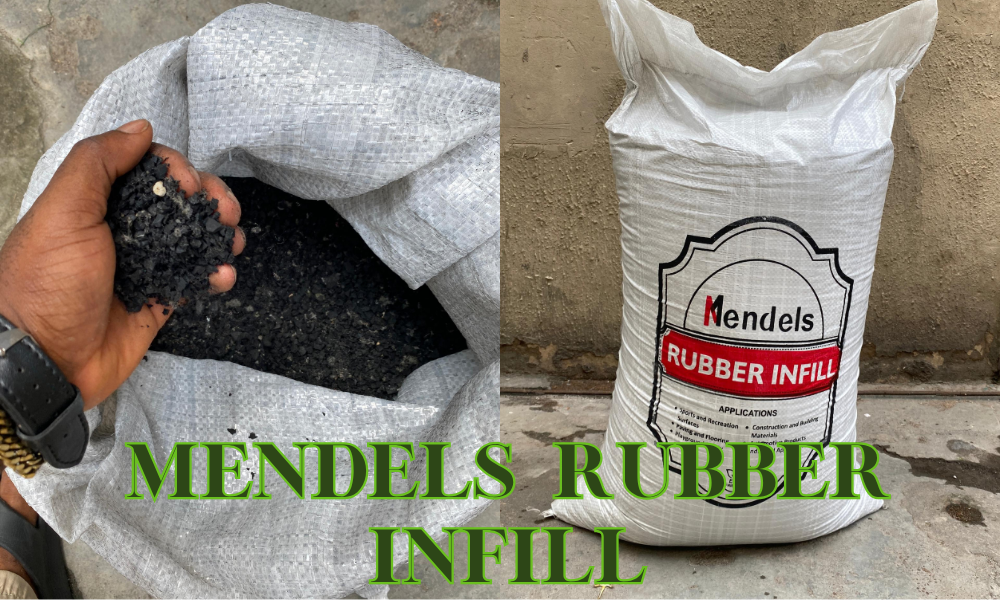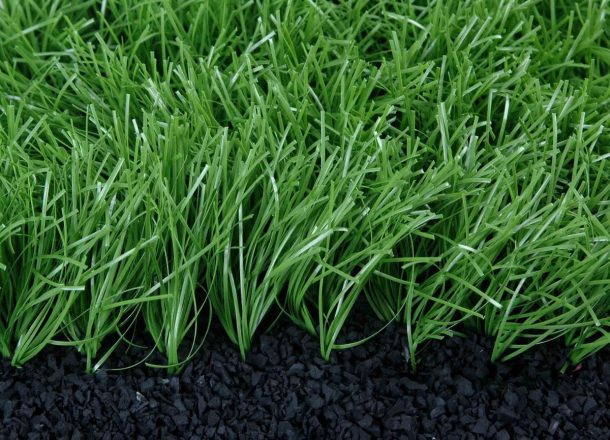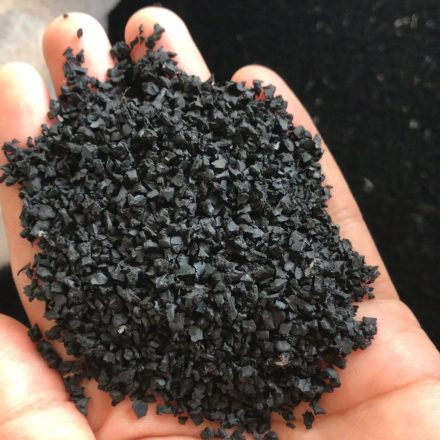Top 5 Myths About Synthetic Turf Infill — Busted!

When it comes to artificial grass, most people focus on the surface. But underneath those lush green blades lies something equally important—synthetic turf infill. It’s the hidden layer that affects everything from cushioning to temperature control and turf longevity.
Unfortunately, there’s a lot of misinformation out there. Let’s clear things up by busting the top five myths surrounding synthetic turf infill.
Myth 1: All Infill Materials Are the Same
Reality:
Not even close. Infill options range from basic sand to advanced coated infills designed for specific needs. Some are built for sports performance; others are made for pet-friendly lawns or heat reduction. Common infill types include:
- Crumb rubber
- Silica sand
- Coated acrylic sand
- Organic infills (like cork or coconut)
Each has different pros and cons, depending on your turf’s purpose.

Myth 2: Infill Isn’t Necessary for Turf
Reality:
Infill plays a vital role in keeping artificial turf stable and upright. Without synthetic turf infill, the grass fibers can flatten quickly, leading to a worn, unnatural look. Infill provides:
- Weight to hold turf in place
- Cushioning for impact
- Improved drainage
- Longer lifespan for turf blades
Skipping infill compromises both performance and appearance.
Myth 3: Infill Makes Turf Too Hot
Reality:
Yes, some older rubber infills can retain heat. But modern infill technologies have addressed this issue. Today, many infills are designed to stay cooler, especially those made with cooling or organic materials. For example:
- TCool infill uses evaporative cooling
- Organic cork blends reflect heat better than black rubber
The right synthetic turf infill can significantly lower surface temperatures
Myth 4: Infill Is Unsafe for Kids and Pets
Reality:
Safety concerns mostly stem from outdated or poorly regulated infill materials. Modern turf systems are tested for heavy metals, VOCs, and allergens. Many infills are now:
- Non-toxic
- Odor-resistant
- Antimicrobial
- ASTM- and EN-certified
If safety is your priority, choose infill labeled child-safe and pet-safe—and check its certifications.

Myth 5: You Never Need to Maintain Infill
Reality:
Low-maintenance doesn’t mean no maintenance. Infill may shift, compact, or deplete over time—especially in high-traffic areas. Periodic brushing, refilling, and leveling help extend the life of your turf.
Professional maintenance is usually recommended every 6–12 months, depending on usage.
Final Thoughts
Understanding synthetic turf infill is key to getting the most out of your artificial lawn or sports field. The right infill enhances performance, improves safety, and prolongs turf life. Don’t let outdated myths guide your decisions.
Choose smart. Choose based on facts—not fiction.






